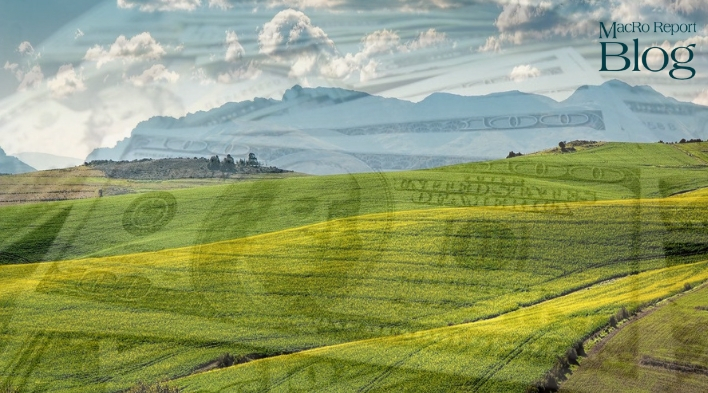What is this wonderful law?
 On two occasions in the past few months I’ve met with new clients that own large parcels of land and discovered that neither property owner was taking advantage of a Maryland law which could lower their annual property taxes significantly. What is this wonderful law? – The Agricultural Use Assessment and it can be used on property as small as 3 acres in size in certain cases.
On two occasions in the past few months I’ve met with new clients that own large parcels of land and discovered that neither property owner was taking advantage of a Maryland law which could lower their annual property taxes significantly. What is this wonderful law? – The Agricultural Use Assessment and it can be used on property as small as 3 acres in size in certain cases.
In 1960, Maryland became the first state to adopt an agriculture use assessment law. One of its stated purposes is the preservation of open space and active agricultural activity – the theory being that if the land tax is kept low there is less incentive to develop. When this special assessment applies, the land is assessed based on its current use and not according to its actual market value, which in many instances will be significantly higher. Property taxes are calculated by multiplying the property tax rate (set by the local government) times the assessed value of the property (set by the Maryland Department of Assessments and Taxation). There’s virtually nothing an individual property owner can do to affect the tax rate, but if the assessed value can be reduced then the resultant property tax bill will be lowered accordingly.
To qualify for the AG use assessment, the land must be actively used for agricultural operations. Every farmer I’ve ever met is aware of, and is benefiting from, the special assessment. However, smaller land owners and ‘non-farmers’ are sometimes not aware of the program. The two land owners I referenced in the opening paragraph are prime examples of tax payers that could be taking advantage of the program but aren’t.
“Client One” recently inherited 22 acres of land – the property includes a residence and the tillable land is leased to a local farmer. The current owner believes that her parents did not take advantage of the special assessment because there was an intention to subdivide the property into lots “someday”. I discovered that if the property is entered into the AG Use Assessment program, the tax bill would drop by approximately $1,280 ANNUALLY!!!
“Client Two” owns a 16-acre lot that was subdivided from a larger land parcel. My client bought this property a few years ago with plans to build his retirement home on it in about 12 to 15 years. There are no buildings on the lot – about 7 acres is a hayfield and about 9 acres is wooded. What my client didn’t realize is that the property qualifies for the AG use assessment for two reasons: first, since the hay-field exceeds 5 acres in size, that portion of the property qualifies as an agricultural operation; second, woodland can also qualify as an agricultural use as long the woods are either ancillary to the primary AG use or the wooded area exceeds 5 acres. In this case the property owner paid $250 to have a forest management plan prepared based on maintaining the woodland for wildlife use. The client and I discussed several options and he ultimately decided to put the entire property in the AG use assessment program – if, and when, he builds a house he will remove a one-acre home-site from the program. Client Two’s property tax savings will be about $1,700 ANNUALLY.
It must be noted that along with the benefit of the agricultural use assessment comes a potential liability: if the property is converted from agricultural use to any other use, then an agricultural land transfer tax may be imposed. This transfer tax can be substantial but if the land owner plans ahead, the tax can be mitigated. For example, Client One would eventually like to subdivide two lots off her property for her children’s use. In this case the agricultural transfer tax can be eliminated by phasing the conversion of a few acres of land to residential use over four years; during that four-year period the benefits of the AG use assessment will be phased out. In the case of Client Two, in the worst case (with no advanced planning) the estimated agricultural transfer tax for converting one acre to residential use will be about $2,700. If he builds his house in twelve years his property tax savings will be about $20,000 and he’ll pay about $2,700 transfer tax (and this amount can be reduced with advanced planning) – seems like a good deal to me!
As with any government regulation there are lots of details than I haven’t covered in this short article. If you have any questions on the Agricultural Use Assessment program or the Agricultural Transfer Tax, please feel free to contact me to discuss.
